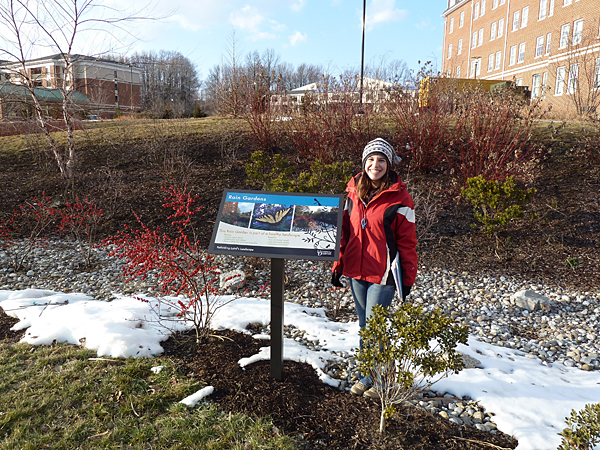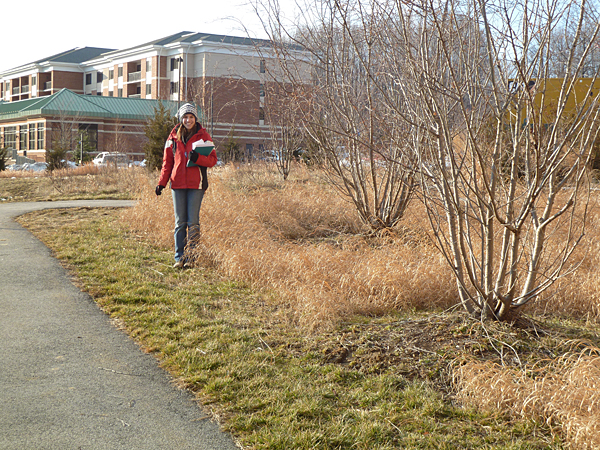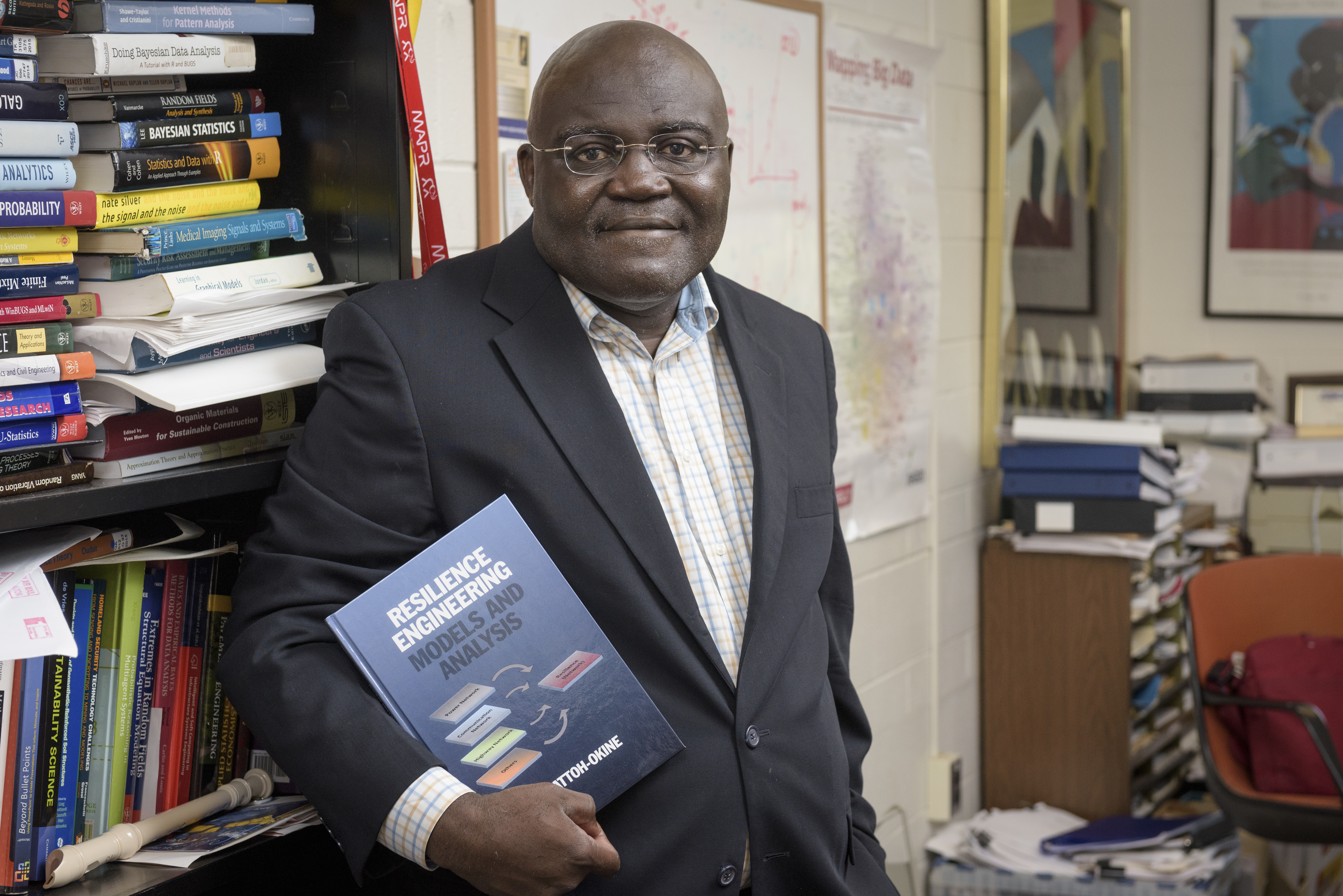Sustainable landscaping
New signs answer questions about University’s landscaping practices
11:51 a.m., April 11, 2011--Why aren’t they cutting the grass on the hill? What’s with the bunch of saplings in that field? Why did they put plants in the swale – isn’t it too wet to grow anything there?
The University of Delaware is committed to sustainable landscaping practices but at times these efforts have puzzled staffers and students, notes Tom Taylor, UD’s landscape engineer. On Laird Campus, some wondered if the University couldn’t afford to cut the grass when an area of lawn was converted to meadow that’s cut only once or twice a growing season. The campus, which is home to Clayton Hall and the Christiana Towers, features rain gardens in swales and other moist spots, and a sapling-filled field that will eventually be woodland, just as it was years ago.
People Stories
'Resilience Engineering'
Reviresco June run
In recent months, the landscaping on Laird hasn’t provoked many curious glances, thanks to a new series of illustrated signs that explain what sustainable landscaping is all about. Credit for the signage goes to Kristen Saksa, a graduate student in the Department of Plant and Soil Sciences who is graduating in June.
Last year, Saksa was casting about for a thesis project and decided that an interpretative campaign using signs could go a long way toward educating Laird Campus residents and visitors about sustainable landscaping. For example, one sign explains that meadows emit less carbon because less mowing is required. Saksa’s project also includes the installation or expansion of several native plant gardens.
She received a grant from the Sustainability Fund managed by UD’s Sustainability Task Force. Funded entirely by contributions from staff, students and alumni, the fund recognizes innovative efforts to reduce UD’s carbon footprint.
The research aspect of Saksa’s project looked not only at whether knowledge was gained but whether attitudes changed. She surveyed students living in Independence residence hall and found that the majority of students had a more favorable view of sustainable landscaping after the signs were installed.
“Before the signage, most students considered sustainable landscaping in general to be acceptable but more than 70 percent didn’t find reduced mowing to be acceptable,” says Saksa. “After the interpretation campaign, students were more accepting of reduced mowing.”
Home gardeners who embrace sustainable landscaping practices also may encounter some puzzled looks, though they probably won’t choose to solve the problem with educational signs.
“There are many things that homeowners can do to make sustainable landscaping more aesthetically pleasing to those who are accustomed to traditional landscaping,” says Sue Barton, a UD plant and soil science assistant professor and Saksa’s adviser.
Barton is a big fan of mowing pathways through un-mowed meadows to create visual order as well as access to these areas. She incorporates this technique into her own three-acre wildflower meadow at her Landenberg, Pa., home.
Native plants, which are used extensively in sustainable landscaping, can be just as attractive and colorful as non-natives, stresses Barton.
Saksa agrees, pointing to a native garden at Independence Hall as proof. As the last phase of her thesis project, later this month Saksa will expand this garden with new plantings. The plant list she developed includes such colorful natives as vivid purple aromatic asters and Panicum virgatum switch grass, which turns reddish-bronze in autumn.
Homeowners interested in rain gardens might want to consider what Saksa recommended for the Laird campus rain gardens: Joe Pye weed, which sports pinkish-purple blossoms from July to October; river birch, which peels in colorful flakes of brown, orange and lavender; and winterberry holly, which jazzes up the winter landscape with brilliant red berries.
Want more sustainable planting ideas? Sign up for “Native Scapes,” a Master Gardener workshop on native plants to be held May 16 in Newark. Call 302-831-COOP to register or for more information. To learn more about the benefits of sustainable landscaping, check out the UD Botanic Gardens’ website.
Article by Margo McDonough












